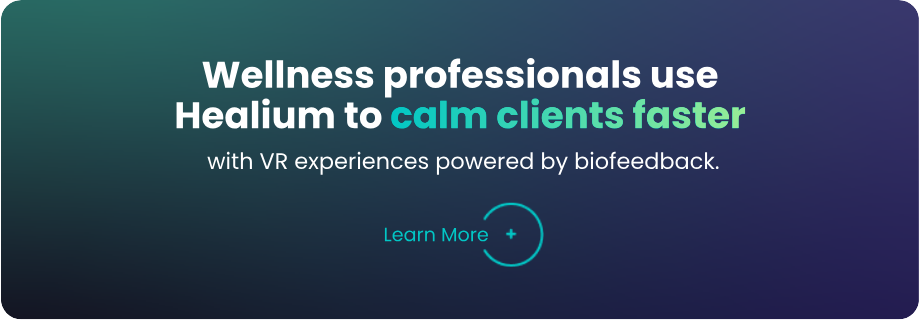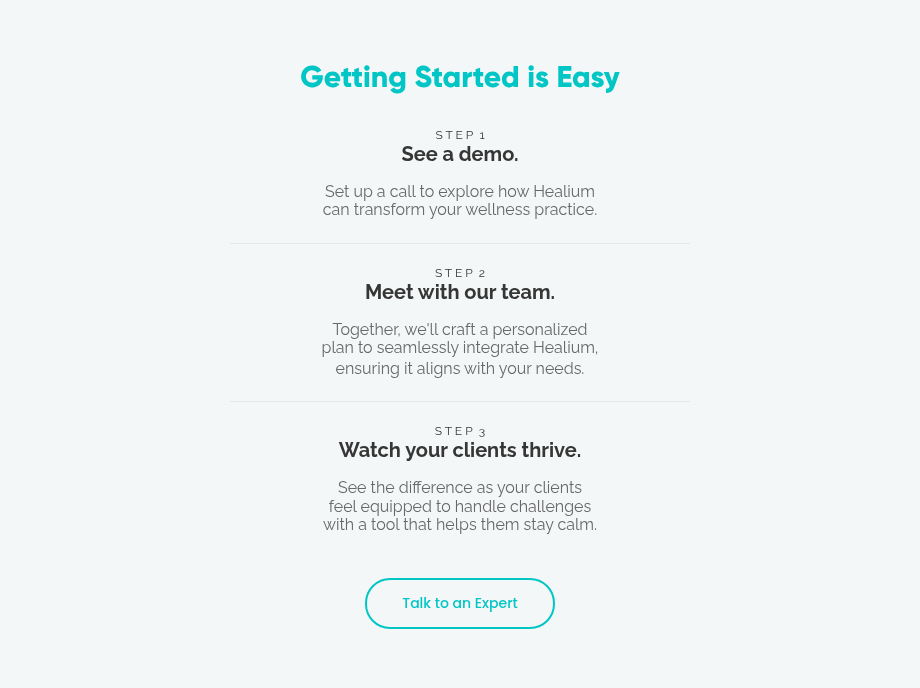How to Reduce Compassion Fatigue in Nurses With VR
 The Hidden Toll of Compassion Fatigue in Healthcare
The Hidden Toll of Compassion Fatigue in Healthcare
Compassion fatigue is a quiet crisis in hospitals and VA systems. It’s not just about being overworked, it’s a specific kind of emotional exhaustion caused by repeated exposure to patient trauma and suffering.
While often confused with burnout, compassion fatigue is distinct. Burnout builds over time from chronic stress. Compassion fatigue can come on suddenly, after a particularly traumatic shift or series of difficult cases. For many nurses and healthcare workers, the two overlap, intensifying the emotional toll.
Symptoms can include feeling emotionally numb, detached, or unable to empathize with patients. Over time, that takes a serious toll not just on the individual, but on the quality of care they’re able to provide.
It’s especially common in high-acuity settings:
-
-
-
-
VA hospitals
-
Oncology, trauma, and hospice units
-
Post-crisis environments
-
-
-
When left unaddressed, compassion fatigue leads to higher turnover, increased errors, and long-term mental health issues for staff. And yet, most wellness programs aren’t equipped to offer fast, accessible recovery tools that fit into a nurse’s day.
When Empathy Hurts: How It Affects Nurses and Clinical Staff
Compassion fatigue doesn’t just wear down individual nurses, it drains entire teams.
As emotional exhaustion sets in, job performance drops. Absenteeism climbs. Nurses start to disengage. That often leads to turnover, which hits hospitals hard. A 2023 survey from the American Nurses Association found that over 56% of nurses had considered leaving the profession due to emotional exhaustion and workplace stress.
Read more on the real cost of burnout and turnover
What’s more? Every time someone leaves or mentally checks out, the workload shifts to those still standing. Shifts get tougher. Mistakes become more likely. Stress spreads like a quiet contagion, pushing even strong team members closer to burnout.
And it’s not just about money or staffing numbers.
When caregivers struggle, it ripples outward, affecting patients, families, and the very culture of compassion hospitals work so hard to build. In healthcare, the well-being of the patient is always the priority, but that care can’t be sustained if the caregivers themselves are running on empty.
The problem isn’t just the fatigue, it’s the lack of support to deal with it. Traditional options like Employee Assistance Programs (EAPs) or counseling can help, but they’re often underutilized, buried in red tape, or simply too slow to intervene when staff need immediate relief.
What’s missing is a faster, more accessible option, something staff can reach for before burnout becomes a resignation letter.
That’s where Healium is making a difference.
The Role of Healium in Supporting Emotional Recovery

Virtual reality isn’t just for gaming, it’s becoming a frontline wellness tool in clinical settings, helping nurses and staff reset faster between high-stress moments.
Even a short VR session, just 5 minutes, can trigger a measurable calming effect on the nervous system. Immersive environments paired with guided breathwork and neurofeedback help slow heart rate, regulate breathing, and ease the physiological tension that builds up during intense shifts.
Healium’s platform is designed specifically for this kind of emotional recovery. Using real-time biofeedback, our VR experiences respond to the user’s breathing or brainwave patterns, guiding them toward a more relaxed, grounded state. Options include:
-
Breathwork sessions
-
Neurofeedback experiences that reinforce calm brain patterns
-
Peaceful guided visuals designed to engage without overstimulating
Imagine: After a code blue or emotionally charged patient interaction, a nurse steps into a break room, puts on the goggles, and within minutes is in a beautiful crystal forest, syncing breath with gentle visual cues. No paperwork. No waiting. Just a fast reset before returning to the next patient.
In high-pressure roles where every second counts, this kind of tool isn't a luxury. It’s a lifeline.
Why Healium Works for Healthcare Environments
 What if your staff could reset themselves in as little as 4 minutes?
What if your staff could reset themselves in as little as 4 minutes?
While many stress-reduction solutions require appointments, apps, or training, Healium was designed for real-world clinical environments, where time, space, and emotional capacity are limited.
Here’s what sets it apart:
1. Drug-free solution
Healium offers a drug-free way to reduce stress and self-regulate the nervous system using immersive VR and biofeedback—no pills or prescriptions needed.
2. Minimal training required
Our team will help come up with a plan for your success. We train your leadership team in an hour or less so staff can pick it up and begin sessions in seconds.
3. PTSD-conscious design
Every experience is built to reduce, not trigger. Visuals are gentle, environments are peaceful, and sessions are optimized to avoid sensory overload, ideal for those working in trauma-adjacent roles.
4. Easy to implement
Set it up in a staff lounge, break room, or even a rolling mobile cart. Healium meets staff where they are, not the other way around.
It’s not a wellness perk. It’s a practical support tool built for the pressures of modern healthcare.
Bring Calm to Your Breakroom: Try Healium Today
When stress becomes the norm, even a few minutes of calm can make all the difference.
Healium gives your nursing staff a fast, evidence-backed way to reset, without adding more to their plate. Whether you’re leading a VA hospital, managing a nursing unit, or overseeing wellness initiatives, this is an opportunity to offer support that’s immediate, drug-free, and actually used.
Let’s build a culture of healing that nurtures both patient and caregiver.







